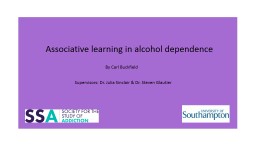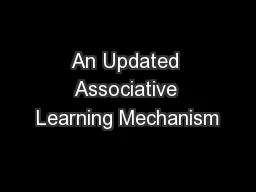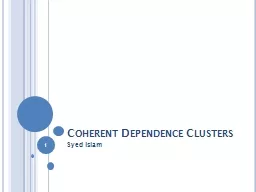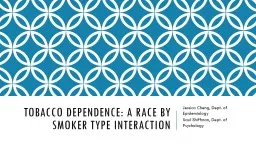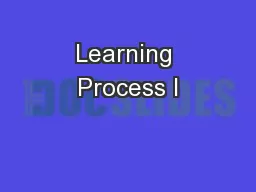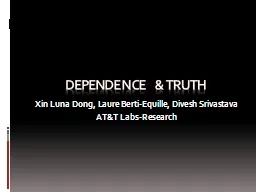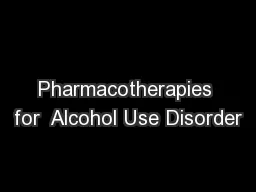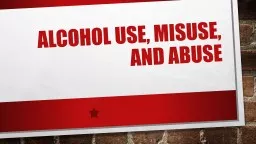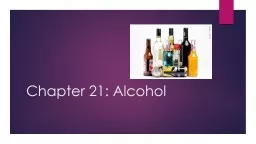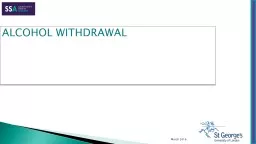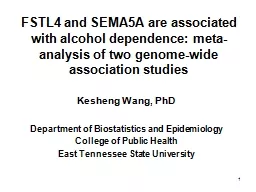PPT-Associative learning in alcohol dependence
Author : piper | Published Date : 2024-02-03
By Carl Buckfield Supervisors Prof Julia Sinclair amp Dr Steven Glautier Introduction Cueexposure therapy CET is a behavioural treatment that uses Pavlovian extinction
Presentation Embed Code
Download Presentation
Download Presentation The PPT/PDF document "Associative learning in alcohol dependen..." is the property of its rightful owner. Permission is granted to download and print the materials on this website for personal, non-commercial use only, and to display it on your personal computer provided you do not modify the materials and that you retain all copyright notices contained in the materials. By downloading content from our website, you accept the terms of this agreement.
Associative learning in alcohol dependence: Transcript
Download Rules Of Document
"Associative learning in alcohol dependence"The content belongs to its owner. You may download and print it for personal use, without modification, and keep all copyright notices. By downloading, you agree to these terms.
Related Documents

